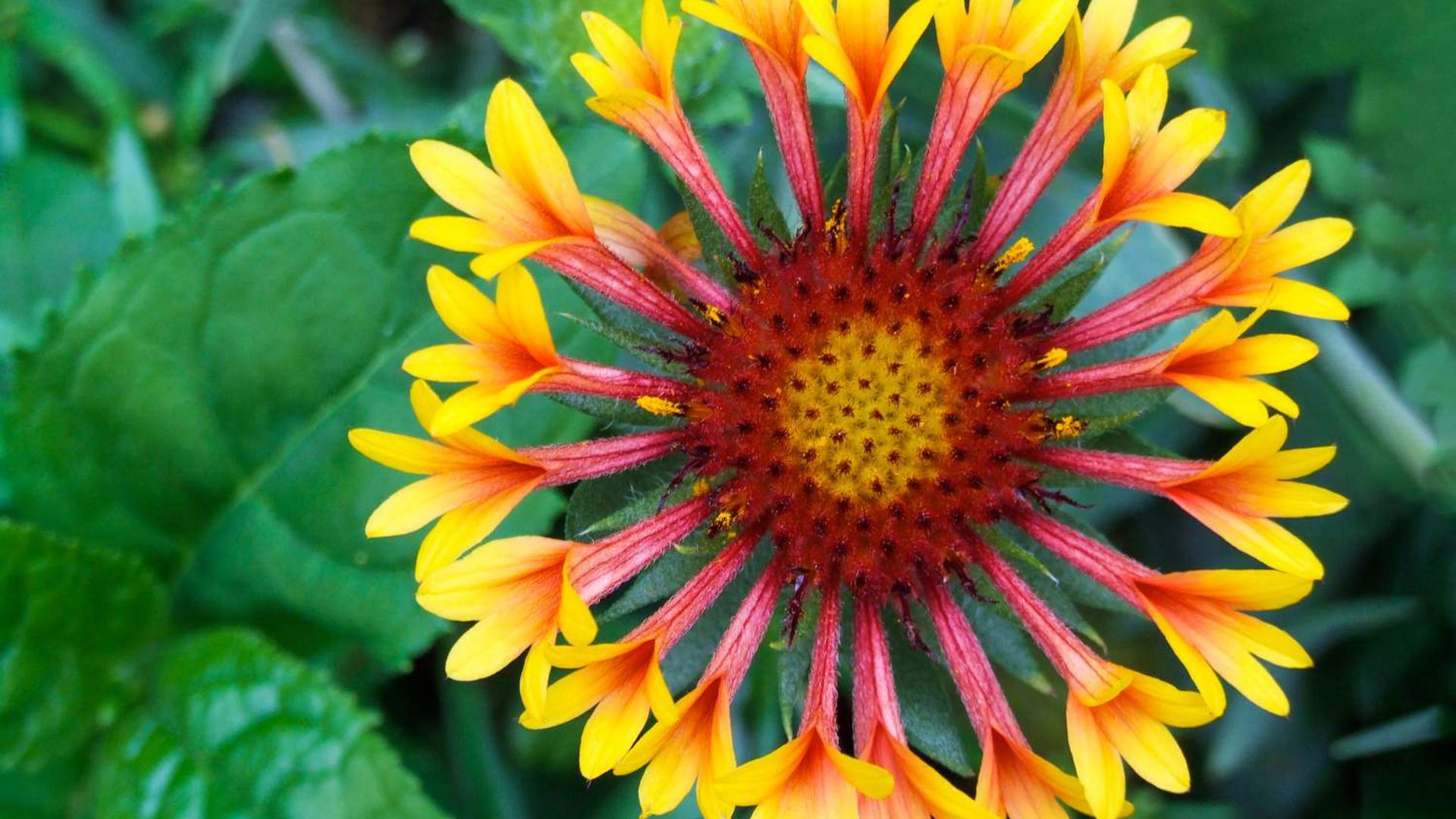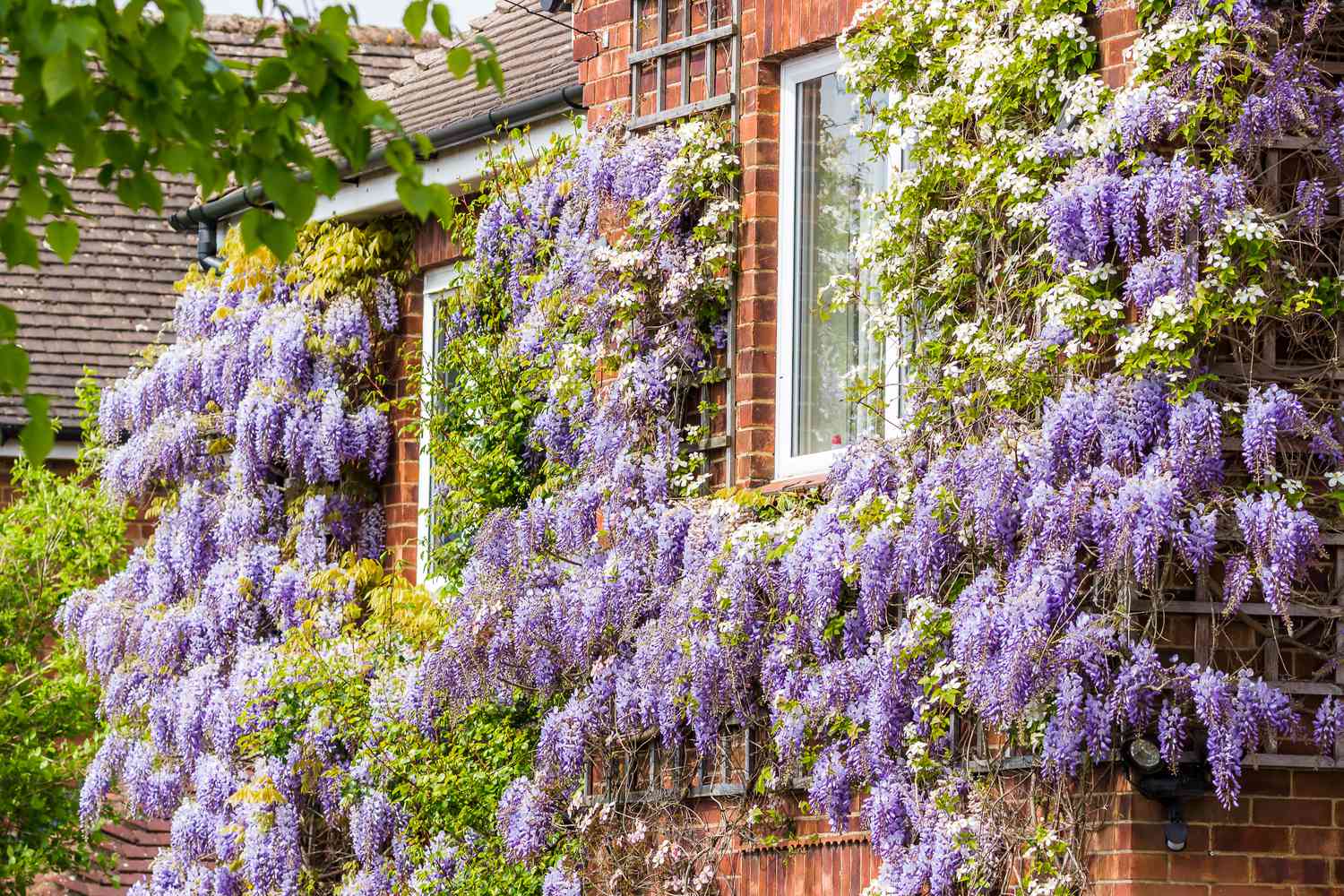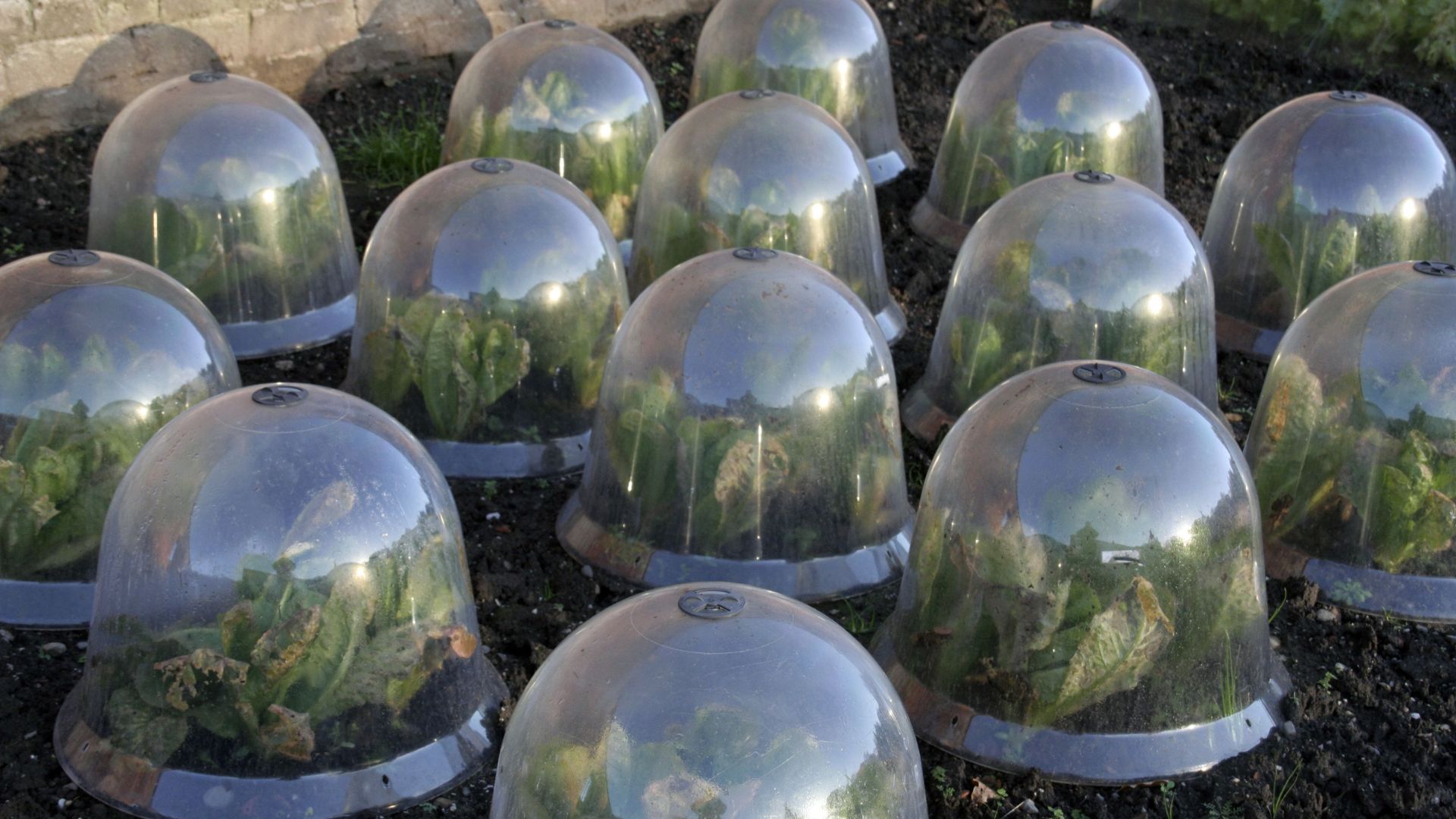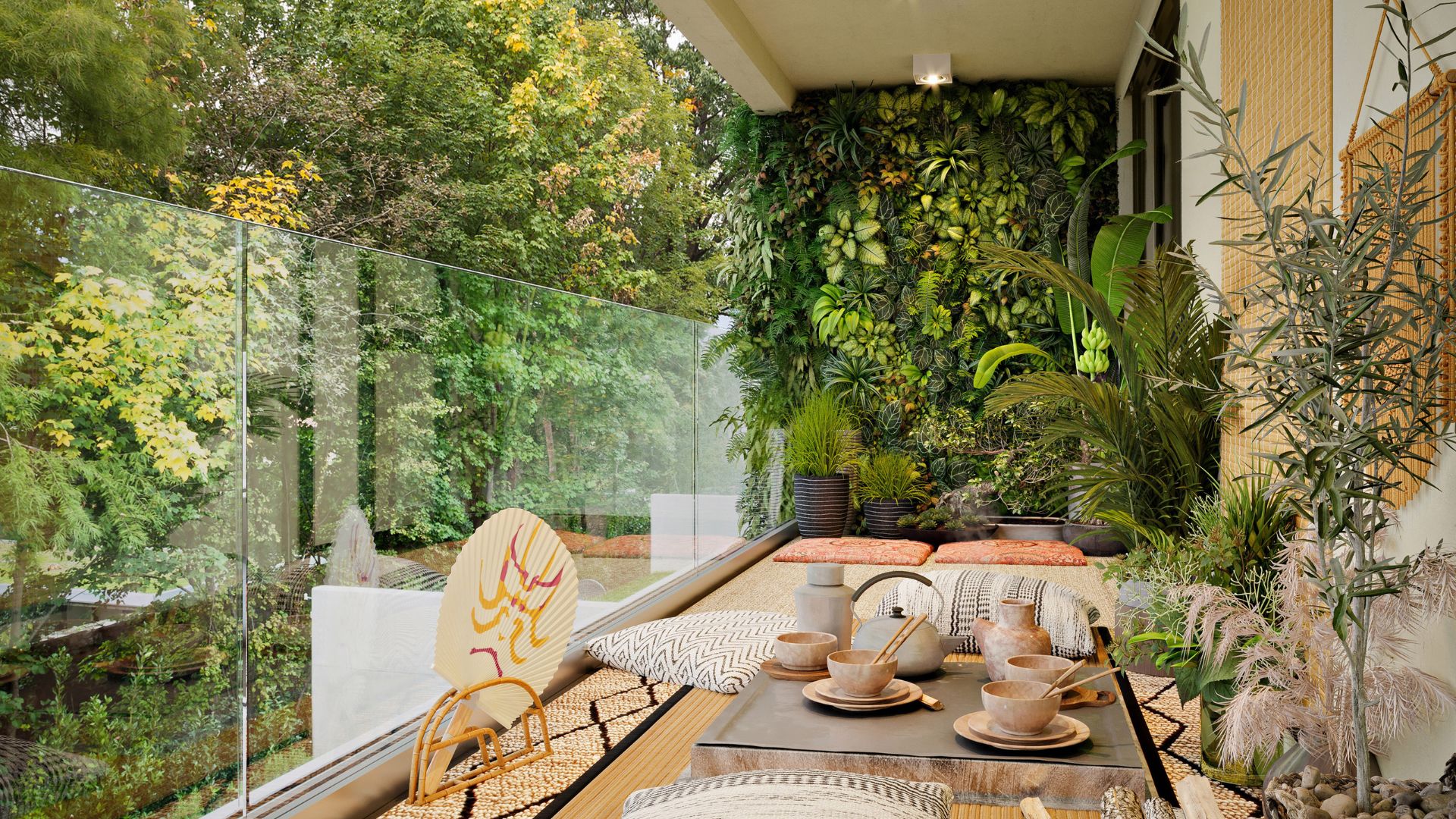A garden full of vibrant blooms throughout the growing season adds beauty and joy to any outdoor space. Selecting flowering plants that bloom all season ensures continuous color, texture, and life in your garden. These resilient plants provide interest from early spring to late fall, delighting the eyes and supporting pollinators. By choosing the right mix of flowers, you can enjoy a garden that never feels dull or empty.
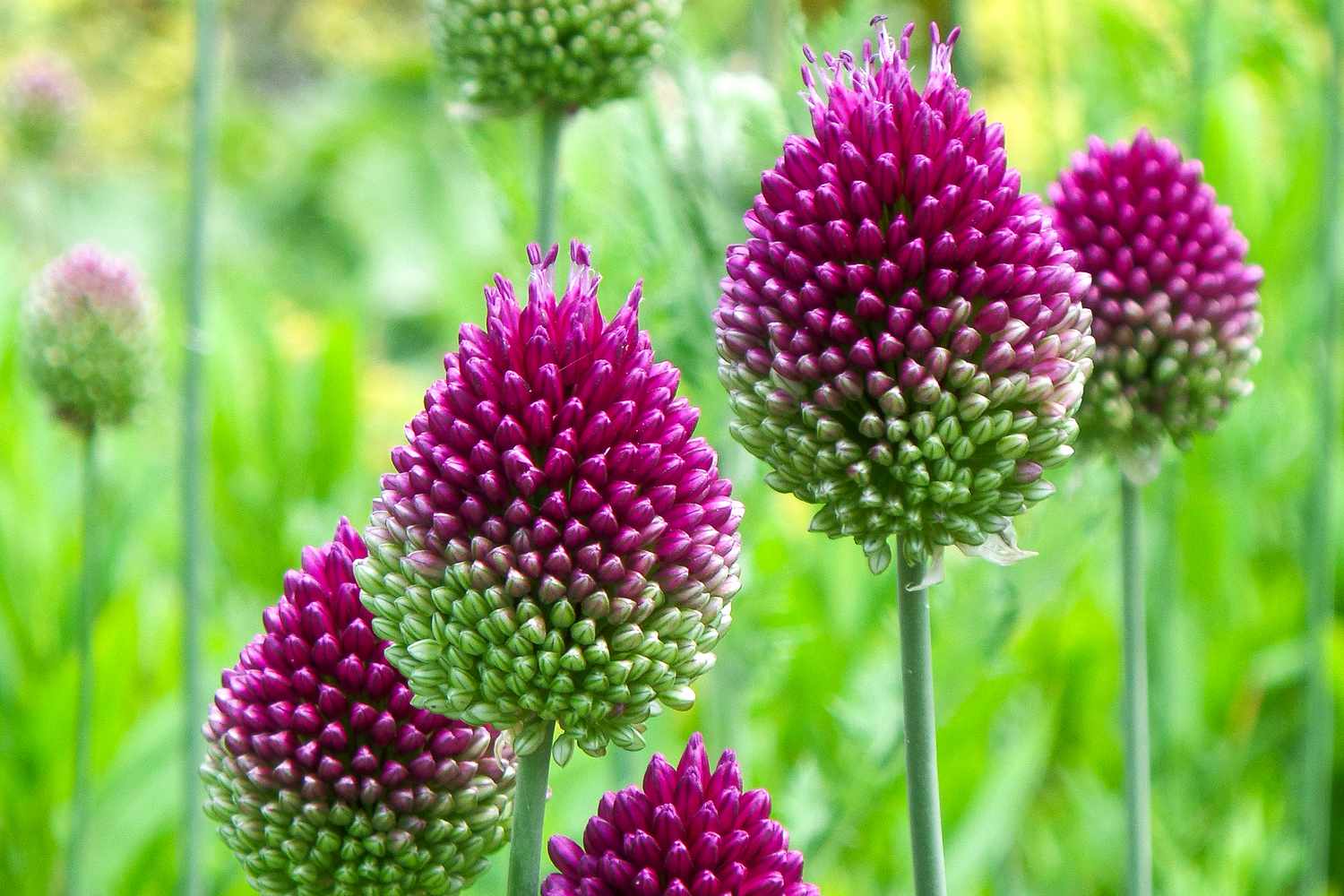
Why Choose Plants That Bloom All Season?
Plants that bloom all season offer many advantages beyond aesthetics. They provide constant nectar for pollinators such as bees and butterflies, supporting local ecosystems. Continuous blooms help prevent bare spots in the garden, maintaining a lush, full appearance. These plants also reduce the need for frequent replanting, saving time and money. Incorporating them into your garden design creates a vibrant, dynamic space with minimal maintenance.
Top Perennials That Bloom All Season
Many perennials produce flowers over extended periods, making them excellent choices. Plants like coneflowers, black-eyed Susans, and daylilies bloom from early summer to fall. Their bright colors and sturdy stems add charm and structure to garden beds. Perennials also return year after year, developing stronger root systems and increasing flower production over time. Combine several of these for a continuous floral display throughout the season.
Annuals That Provide Long-Lasting Color
Annuals can complement perennials by filling gaps with continuous blooms. Varieties like petunias, zinnias, and marigolds bloom nonstop from spring until frost. They offer a wide range of colors, shapes, and sizes, allowing for creative garden designs. Deadheading spent flowers encourages more blooms and extends the flowering period. Incorporate annuals into containers or borders for flexible and vibrant planting options.
Shrubs and Small Trees with Extended Bloom Periods
Certain shrubs and small trees also provide long-lasting flowers. Hydrangeas, butterfly bushes, and crape myrtles are notable examples. These plants offer both flowers and foliage interest, creating focal points in your garden. Their blooms attract pollinators and add seasonal fragrance. Prune and care for them properly to encourage extended flowering and maintain plant health.
Tips for Maintaining All-Season Bloomers
To keep your flowering plants that bloom all season healthy and vibrant, proper care is essential. Regular watering, especially during dry spells, helps sustain flower production. Fertilize with balanced, slow-release nutrients to promote growth without overwhelming plants. Remove dead or faded blooms through deadheading to encourage continuous flowering. Watch for pests and diseases, treating them early to prevent damage. Mulching helps retain moisture and regulate soil temperature for optimal growth.
Creating a Year-Round Floral Display
Planning your garden with a mix of perennials, annuals, shrubs, and small trees ensures blooms throughout the season. Choose plants with staggered bloom times for seamless transitions between flowering periods. Incorporate plants of varying heights and colors to add depth and interest. Consider native species for resilience and environmental benefits. With careful design and maintenance, your garden will stay colorful and lively all season long.






